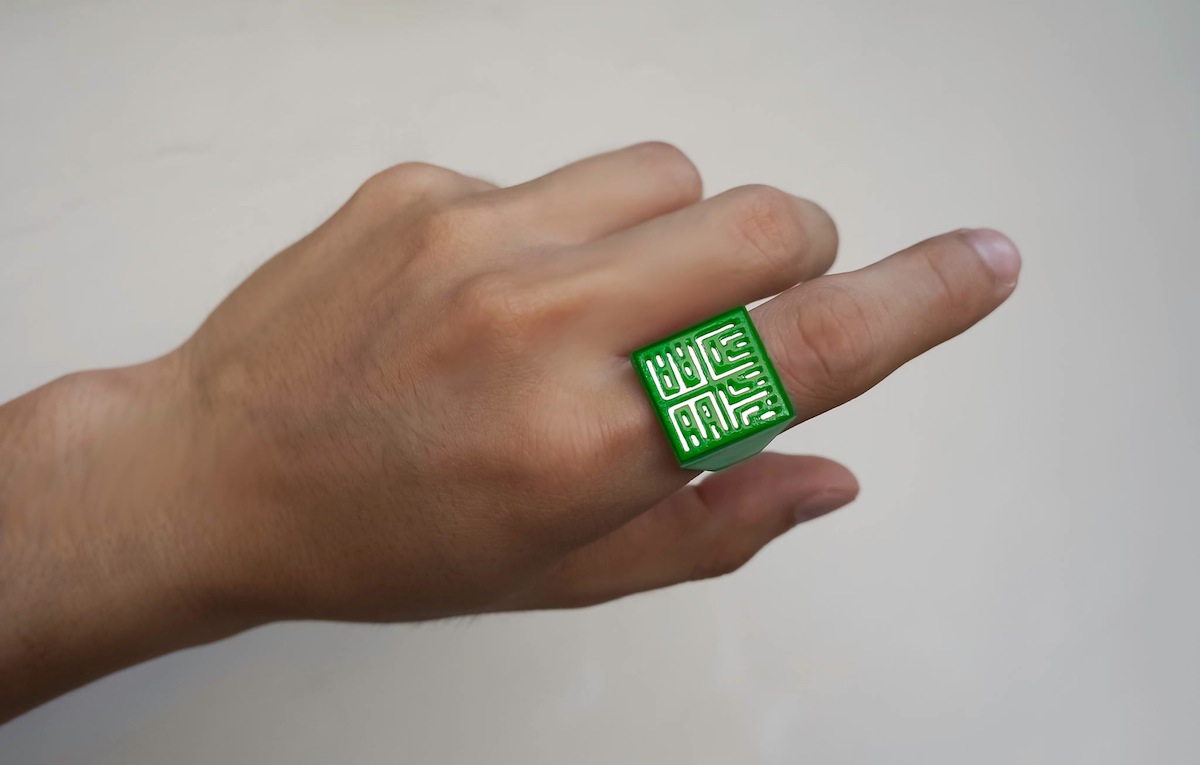‘Sesame Rings’ Now For Sale on the MBTA’s Website

Courtesy Image via the Ring Theory
The price to purchase an MBTA pass for your CharlieCard might have recently gone up, but now your coolness-factor can too.
On Wednesday, officials from the MBTA Gift Store announced that they’re now selling “Sesame Rings,” 3D-printed wearable technology that acts as an MBTA pass, on their website and brick-and-mortar shop.
“We’re still 3-D printing them in moderate quantity, but [we] are gearing up the mass-production line for a [second] generation of wearable devices,” said one of the ring’s creators, Edward Tiong.
Tiong and a group of undergraduate MIT students teamed up with the Singapore University of Technology and Design to create the concept for the rings. Later, with the help of an extremely successful Kickstarter campaign and the support of the MBTA, they started to produce the jewelry.
“Since the MBTA has supported our product from the beginning, we thought it made sense to build our physical presence from their official store,” said Tiong.
He said the MBTA “linked them up” to WardMaps LLC, who manages the MBTA gift store online and in Cambridge, and they were “more than happy” to carry the Sesame Ring.
The colorful finger-passes, which can be worn on a person’s hand in order to “fist-bump” their way through an MBTA kiosk, use the RFID chip typically embedded in a CharlieCard to make access to the train stations a quick maneuver that doesn’t requiring rifling through a wallet for a pass.
The rings, developed by the Ring Theory, were initially only available to people that backed the original Kickstarter campaign, which ended last year. The creators later offered the rings for purchase through their website, but this week marked the first time they became available through the T’s gift shop.
The rings are going for $25 online, and in store, but do not come pre-loaded with an MBTA pass. They could soon be available at other locations. “We’re reaching out to stores to get the Sesame Ring into the hands of even more Bostonians,” said Tiong.
Future projects could include embedding the RFID chips into bracelets, smartphone covers, or even key chains.


